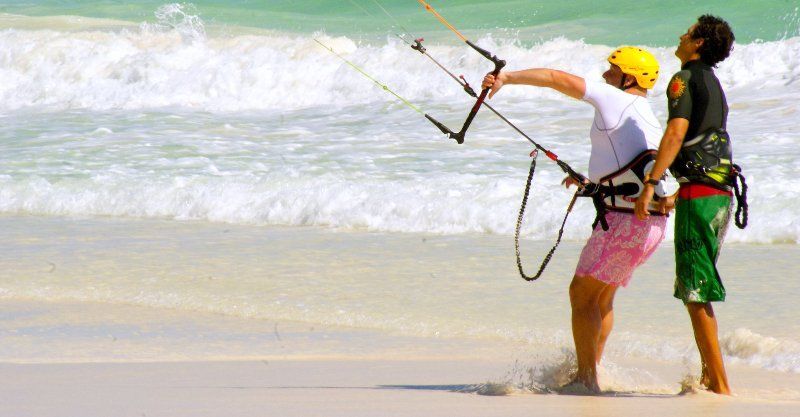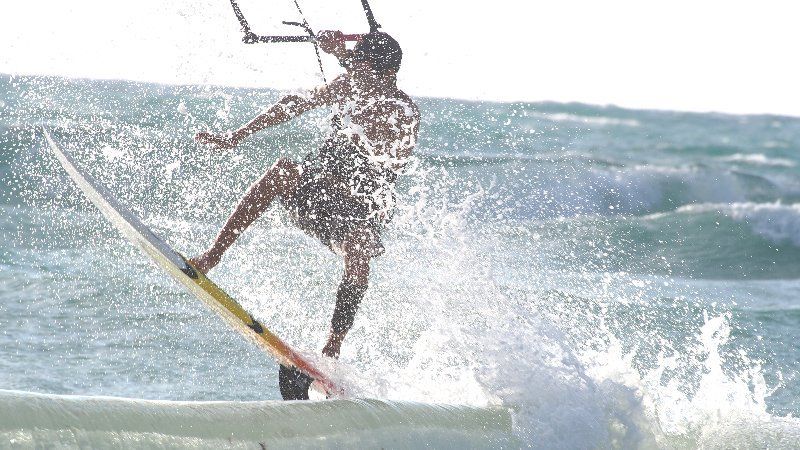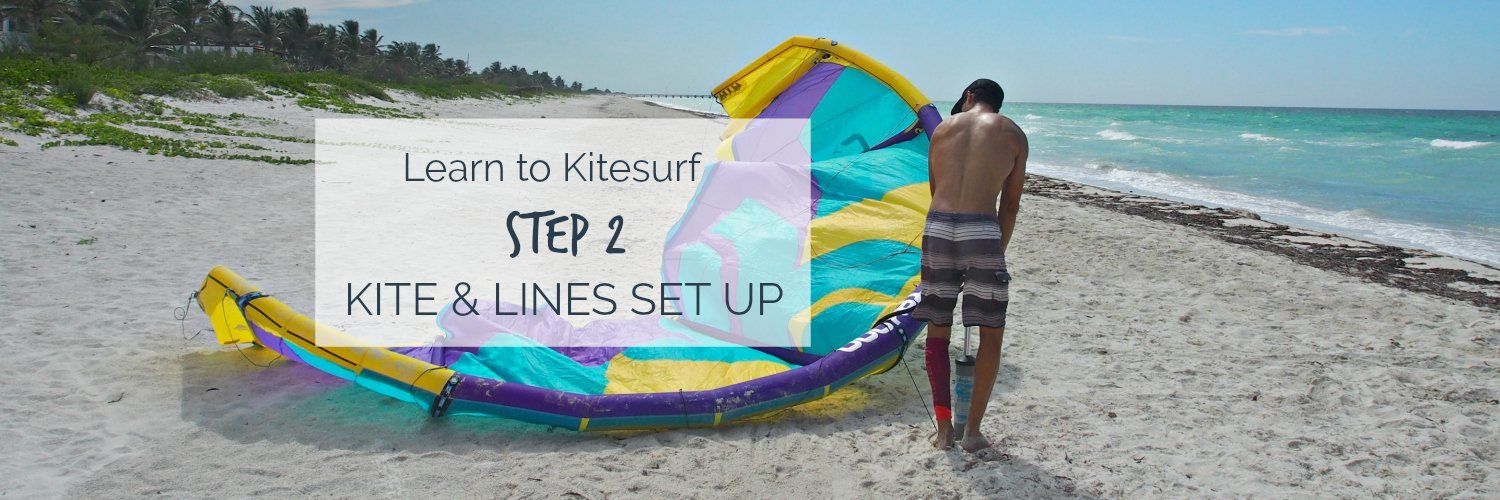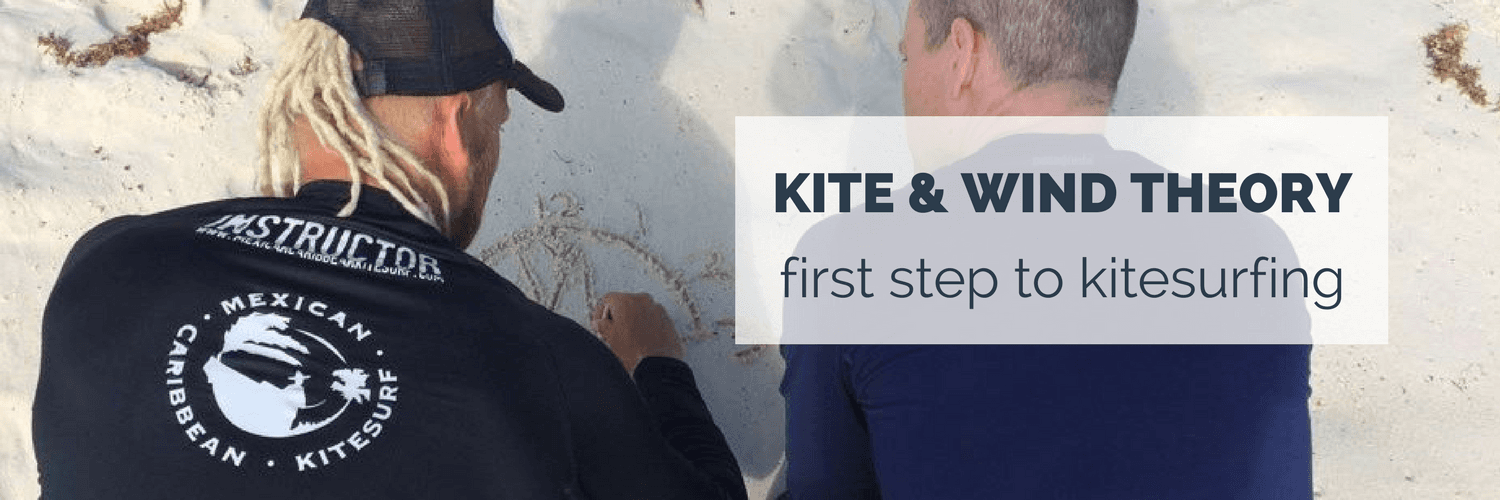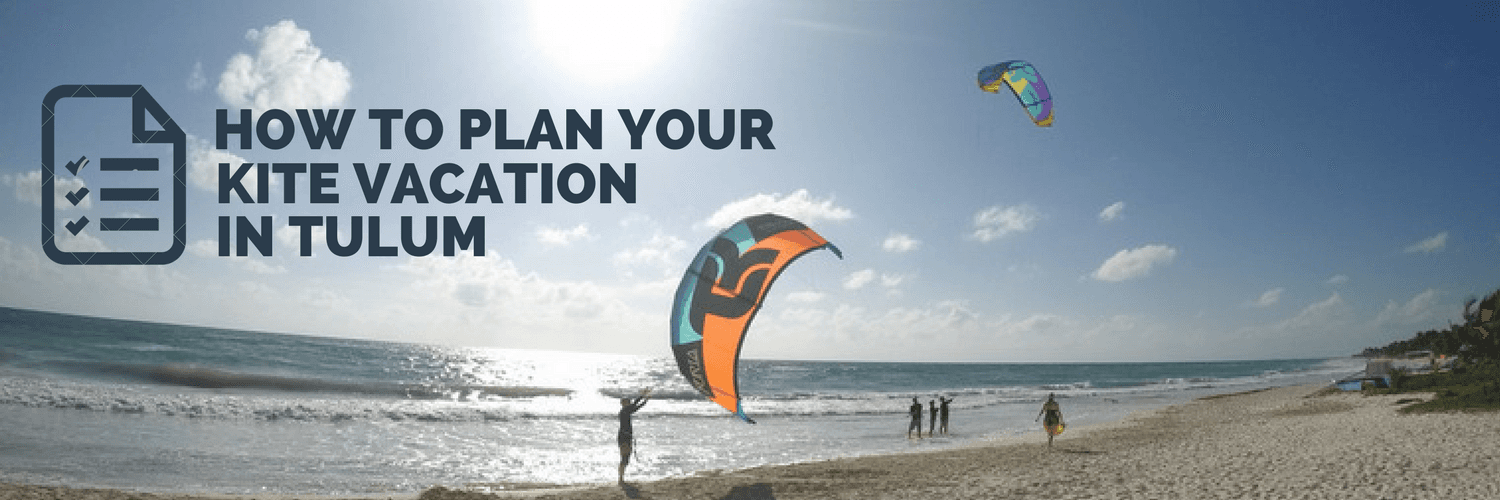Standup Paddleboarding Essentials
What It Is and How to Get Started
Standup paddleboarding is one of our life passions. In the last few years, we have become a SUP school reference in Mexico, as well as the number one SUP center in Tulum according to Trip Advisor travelers.
Our dear colleague David de Kaan from StandUp Paddleboards Review
has written this complete article to help you understand what you need to enjoy this fantastic sport and start you off with a few tips.
Please be aware that once you start paddling, you will never stop.
What It is
Standup paddleboarding, also referred to as SUP, is somewhat of cross between surfing and kayaking. It is characterized by standing upright on a paddleboard and paddling. The sport originated from Hawaii but not as a sport. It was a way for surfing instructors to cruise the water checking on their trainees and for photographers to take pictures of tourists in the water.
The activity has been in existence in its modern form for less than a decade. In 2013, the USA declared it the sport with the highest number of new participants among its citizens. Its popularity has been growing steadily ever since.
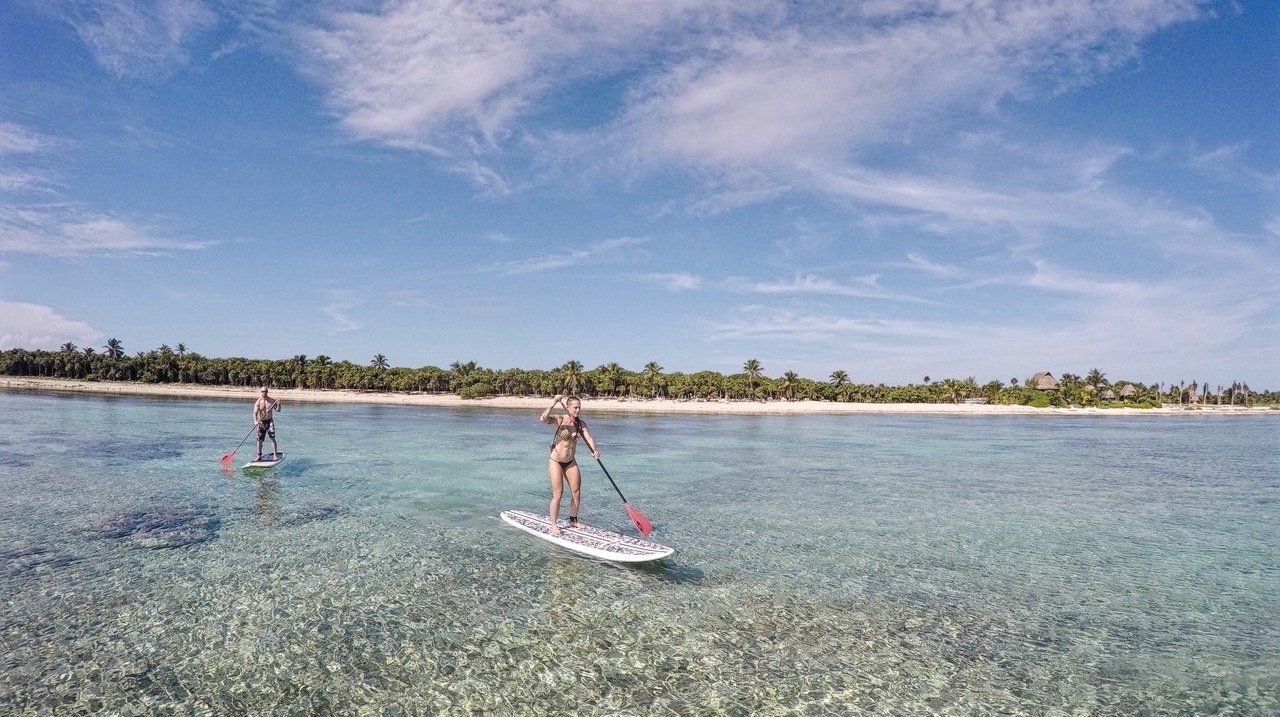
What You Need
1) A Paddleboard
This one has to be the most important requirement. Otherwise, there is not much stand up paddling you can do. Standup paddleboards come in different shapes and sizes. It is important that you choose the one that suits you best.
Many boards are designed to serve specific purposes. As a beginner, the best thing to do would be to choose an all-around paddle board. Choose a wide board, 30 inches or wider will do, to help you achieve and maintain balance on the water.
You can decide to get a fiberglass paddleboard (the traditional hard boards) or an inflatable SUP. Inflatable paddle boards are usually affordable, durable and a great choice for flat water and river paddle boarding. Epoxy SUPs, on the other hand, are in general more expensive, more responsive and better for SUP surfing. Making a choice may be difficult, but you can always ask for advice at the local shop to help you out. Alternatively, rent boards for a while to see which type and size suits you best.
2) A Paddle
A stand up paddle is just like a canoe paddle except that it is lighter, longer and has a little bent near the blade. These paddles come in different constructions such as carbon fiber, wood, aluminum, and plastic. Regardless of the type of paddle you choose, ensure that it is 4 to 7 inches taller than you.
The lighter the paddle, the more expensive it will be because it is made from more expensive material. However, since this is a one-time investment, you can as well spend the extra money if you have it—it is worth it. A heavy paddle will burn you out especially if you are completely new to SUPing.
3) Standup Paddleboard Leash
Don’t paddle board without one! This small piece of equipment can save your life. It attaches you to your board and prevents the board from drifting or being blown away from you. Out on the water your paddle board is your safe ground. Even when you’re a good swimmer, if you fall in and get a cramp, you’ll need your SUP board to keep you afloat.
4) Personal Floatation Device (PFD) or Lifejacket
Nobody likes to think that something bad can happen to them but it is always good to be prepared. The U.S. Coast Guard treats SUP boards as vessels in most situations and require you to have a PFD with you at all times. In Mexico is not required but having a PFD on board, or we would advise – wearing a PFD at all times – is just common sense. Manufacturers make great PFDs for SUP nowadays, that won’t just keep you safe but are also comfortable to wear.
4) Proper Clothing
This very much depends on the weather conditions. During summer, you have the option of wearing whatever you like as long as it is water-appropriate. Most people will prefer a swimsuit and some board shorts. During winter, wear a drysuit or wetsuit to protect yourself from hypothermia.
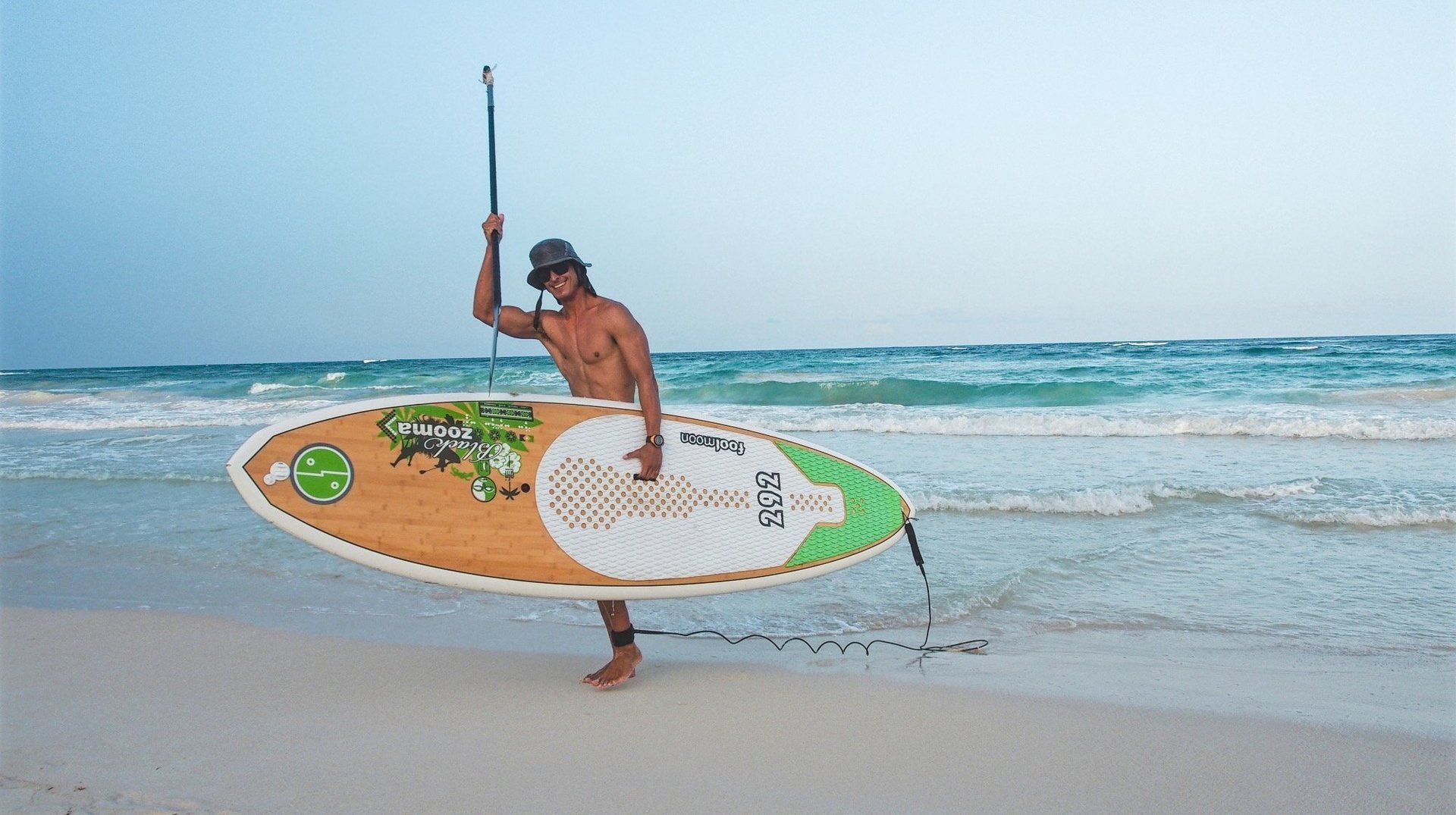
How to Standup Paddleboard For The First Time
For a beginner, it is best to start on shallow water, preferably knee length. Put your board in the water and place the standup paddle across it, just above the center toward the nose. Facing forward, get your knees on the board, each knee on either side of the SUP at the center. Paddlers refer to this position as the sweet spot—where you are most balanced. Adjust until you find yours.
Place your hands over your paddle. Ensure that you still maintain balance then raise one foot and put it on the exact spot where your knee was. Do the same with the other foot and slowly stand from that position. Don’t leave your paddle down as you stand, picking it up might be a struggle.
Straighten your back completely, bend your knees a little and fix your eyes ahead. Hold your paddle properly, with one hand on top and the other a little lower. The bent part of the paddle is supposed to face forward—however wrong that will feel at first. Your arms should be straight at all times. While paddling, your core does most of the work and not your arms, be prepared. Submerge the blade completely into the water and start paddling. Alternate sides when necessary for you to move in a straight line.
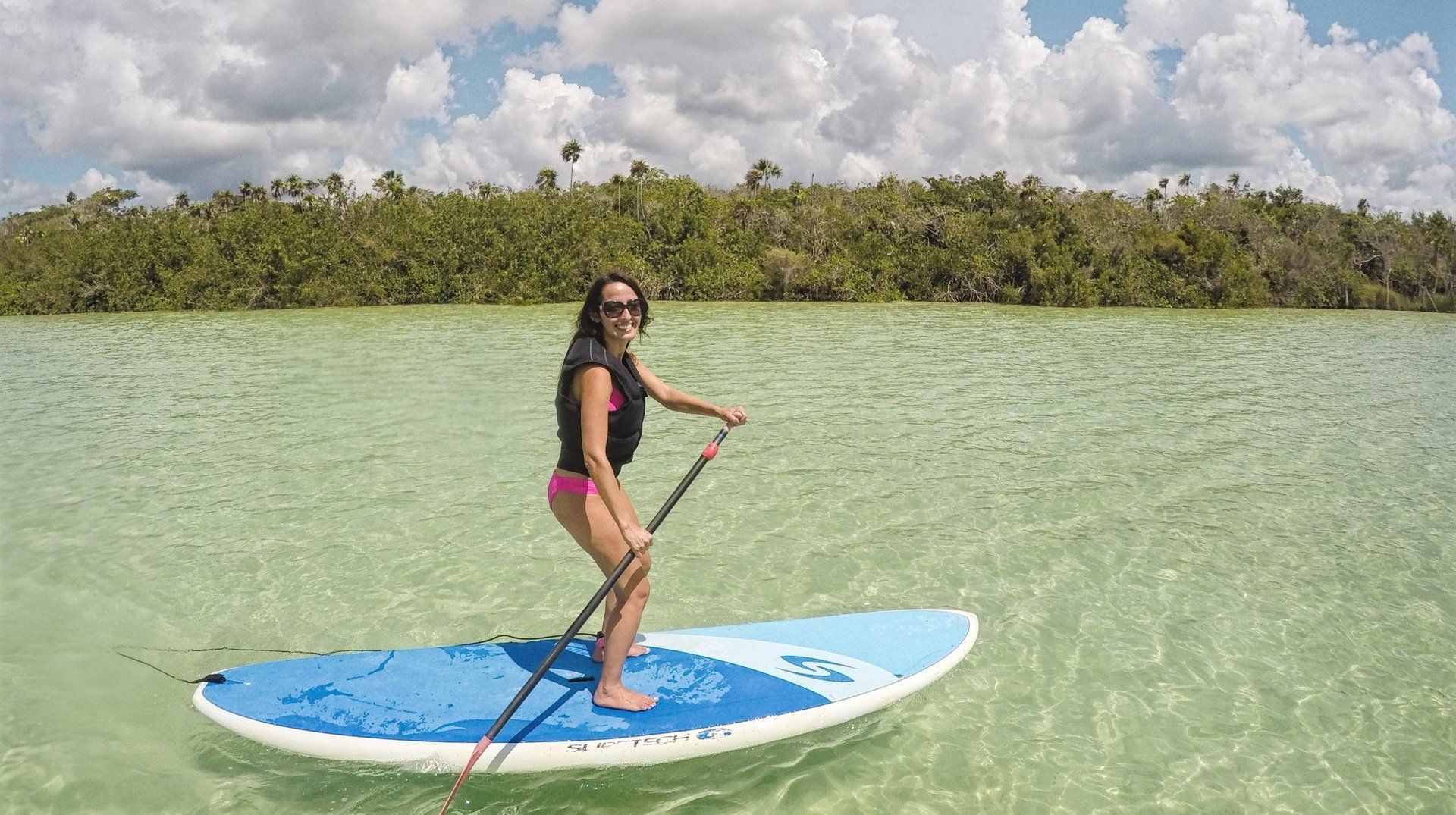
Standup paddleboarding is an amazing sport. It keeps growing in popularity because it is simple and its benefits are tremendous. Before you venture into this activity, make sure you are fully prepared for the best experience. Get yourself a board fit for a beginner and one that will support your size. Remember the paddle should be 4-7 inches taller than you. Get a leash and a PFD for safety and hit the water. Take time to find your balance and only stand when you are comfortable.
***
To learn more tips and become an all-round paddler, enroll for some SUP lessons at Mexican Caribbean Kitesurf
, where we train people to become pros.
